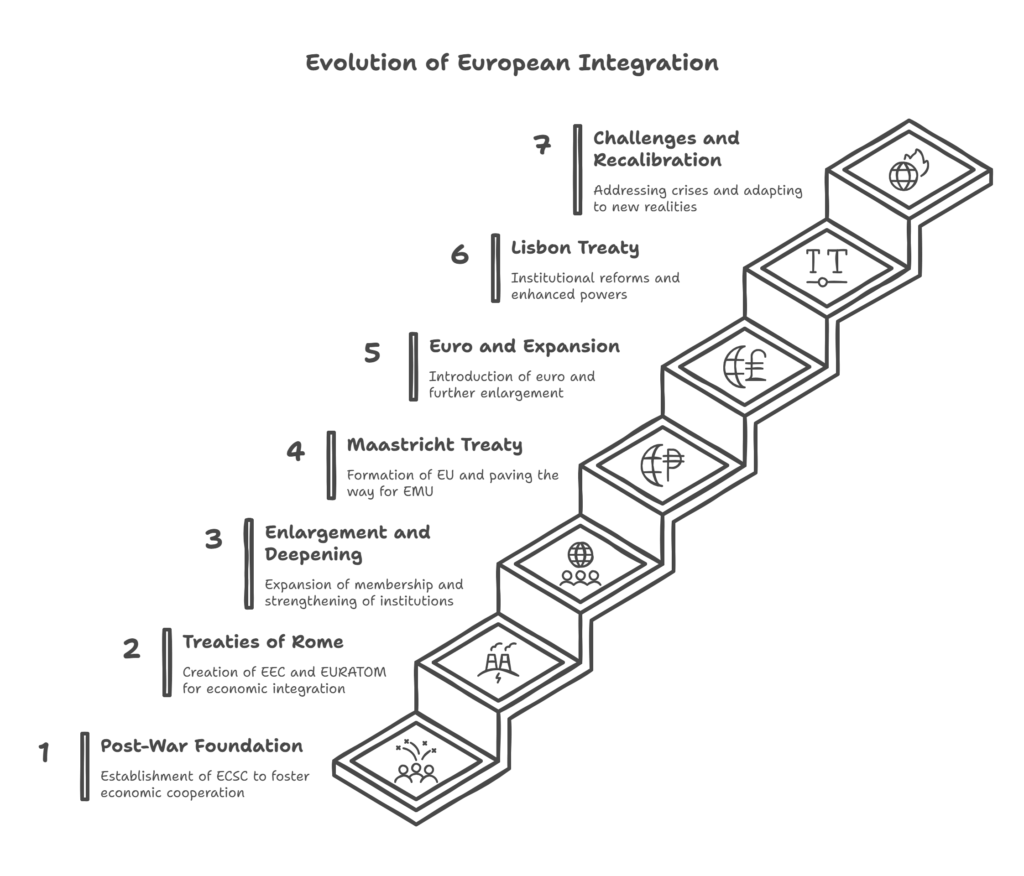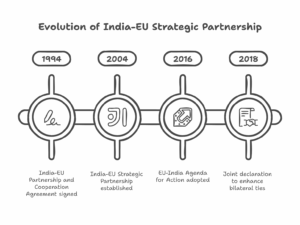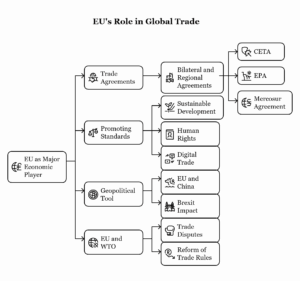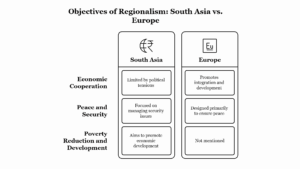The integration of Europe is one of the most ambitious and transformative political projects of the 20th and 21st centuries. It has evolved through several critical stages, shaped by historical events, economic needs, and political will. From the aftermath of World War II to the current European Union (EU), each milestone represents a step towards greater unity, cooperation, and peace among European nations.
1. The Post-War Foundation (1945–1951)
Following the devastation of World War II, European leaders recognized the need for economic cooperation to prevent future conflicts. Winston Churchill famously called for a “United States of Europe” in 1946. The first significant step was the formation of the European Coal and Steel Community (ECSC) in 1951 under the Treaty of Paris. France, West Germany, Italy, Belgium, the Netherlands, and Luxembourg agreed to pool their coal and steel resources, sectors critical to war-making capabilities. The ECSC laid the groundwork for institutional cooperation and mutual economic interest.
2. The Treaties of Rome (1957)
Building on the success of the ECSC, the same six countries signed the Treaties of Rome in 1957, creating the European Economic Community (EEC) and the European Atomic Energy Community (EURATOM). The EEC aimed to establish a common market and a customs union, allowing for the free movement of goods, services, capital, and people. EURATOM was focused on the peaceful use of nuclear energy. These treaties marked a major step toward economic integration.
3. Enlargement and Deepening (1973–1992)
The EEC expanded its membership in several waves: the UK, Ireland, and Denmark joined in 1973; Greece in 1981; and Spain and Portugal in 1986. These enlargements showed the growing appeal of European integration. During this period, the institutional structure was also strengthened, notably with the Single European Act (1986), which laid the foundation for the single market and aimed to remove internal barriers by 1992.
4. The Maastricht Treaty (1992)
The Treaty on European Union, commonly known as the Maastricht Treaty, was signed in 1992 and came into force in 1993. It created the European Union and expanded cooperation into new areas such as foreign policy and justice. Most importantly, it paved the way for Economic and Monetary Union (EMU), including the introduction of a single currency, the euro. Maastricht marked the beginning of a more politically integrated Europe.
5. The Euro and Further Expansion (1999–2007)
The euro was introduced as a virtual currency in 1999 and as physical currency in 2002. This marked a significant achievement in economic integration. Simultaneously, the EU continued expanding. Ten Central and Eastern European countries joined in 2004, followed by Bulgaria and Romania in 2007. These enlargements were symbolically and practically important, integrating former Eastern Bloc countries into the EU’s democratic and economic framework.
6. The Lisbon Treaty (2007)
After the failure of the proposed European Constitution in 2005, the Lisbon Treaty was signed in 2007 and came into effect in 2009. It reformed EU institutions, enhanced the powers of the European Parliament, and created the positions of a permanent President of the European Council and a High Representative for Foreign Affairs. The Lisbon Treaty aimed to make the EU more efficient and democratic.
7. Challenges and Recalibration (2010–Present)
The EU faced major crises in the 2010s, including the eurozone debt crisis, the migrant crisis, and Brexit—the UK’s decision to leave the EU in 2016. These events tested the unity and resilience of the EU. Nonetheless, the EU responded with institutional reforms, financial stabilization mechanisms, and new integration efforts in areas like defense, digital policy, and climate action.

Conclusion
European integration has progressed from modest economic cooperation to an advanced political and economic union. While it continues to face internal and external challenges, the EU remains a unique experiment in supranational governance. The major milestones—from the ECSC and Treaties of Rome to the euro and Lisbon Treaty—illustrate a dynamic process shaped by both vision and pragmatism. Each phase has deepened integration and expanded the EU’s role on the global stage.







Leave a Reply